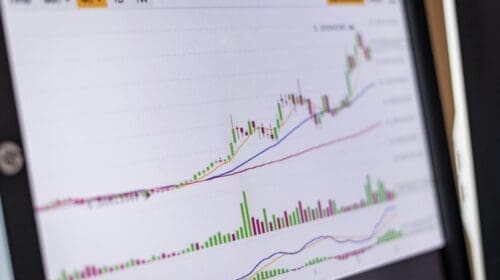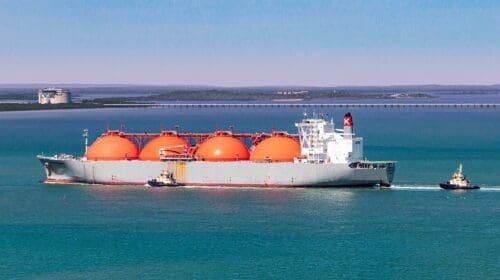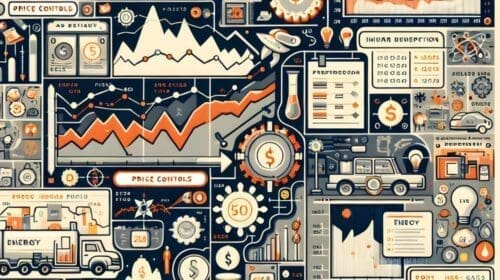On President Biden’s first day in office two years ago he signed an executive order pledging the United States will reduce net greenhouse-gas emissions to zero by 2050.
His very ambitious goal sounds good, almost too good to be true.
The Energy Information Administration at the U.S. Department of Energy recently released its Annual Energy Outlook covering energy production and consumption and forecasts little change in petroleum consumption in 2050. U.S. petroleum and other liquids consumption will remain fairly level between 2022 to 2050 at 16 million barrels per day and 21 million barrels per day, according to EIA.
A major reason some forecast little change in petroleum consumption by 2050 is the many important uses of crude oil, natural gas and other petroleum products.
Obviously, gasoline and diesel are at the top of the list, and natural gas has become the primary fuel for electricity generation. But other areas include:
Medical – Much of the medical equipment used today, many of which are life-saving devices, are made from oil. Not only are heart valves and artificial limbs made from petroleum but also many of the cleaning and safety products medical personnel use. Aspirins and other pharmaceuticals also contain petroleum.
Agriculture – For the agriculture industry to run smoothly, it uses various fertilizers, herbicides, and insecticides to protect the products from invasive plants or insects. Many of these products contain petroleum in some fashion.
Construction – Oil and gas are essential for construction materials such as paint, caulking, roofing shingles, asphalt, and pipes. Moreover, using products derived from petroleum allows for a safer work environment for construction workers, providing them with hard hats, safety goggles, and other equipment. They also allow for more durable projects, with the use of protective coatings and waterproofing.
Electronics – Most electronics, from TVs to computers and cell phones, contain plastics. In some cases, these plastics prevent any safety hazards. Electronics are now indispensable to our daily lives, and oil and gas play a central role in making this possible.
Office – Our office spaces are filled with oil-derived materials which help us in our everyday work and enable us to deliver the best products: all electronics, most furniture, and even printer ink all contain petroleum.
Household – We are surrounded by products containing oil and gas derivatives, including cooking tools, domestic appliances, and cleaning products. Most of our furniture has some components derived from oil. This is true for any synthetic furniture, as well as furniture containing an oil finish.
Clothing, etc. – The most commonly manufactured fibers are petroleum based, such as nylon, polyester, acrylic, and spandex. Fabrics and materials created from petroleum keep us dry and warm in cold weather and cool in hot weather. Many everyday accessories such as handbags, sunglasses, phone cases, jewelry, and many others.
Beauty – There are beauty products that are derived from petroleum, such as nail polish, perfumes, some make-up, and hair colorings. Some products which are used on a daily basis, such as soap, toothbrushes, and shampoo, are also made from oil.
Toys and sporting equipment – Lego, dolls, frisbees, crayons and markers, balloons, football helmets, surfboards, basketballs, and skate wheels, to name but a few.
Net zero emissions may sound good, but getting there will require many changes in our daily lives.
Alex Mills is the former President of the Texas Alliance of Energy Producers.
Alex Mills is the former President of the Texas Alliance of Energy Producers. The Alliance is the largest state oil and gas associations in the nation with more than 3,000 members in 305 cities and 28 states.
Oil and gas operations are commonly found in remote locations far from company headquarters. Now, it's possible to monitor pump operations, collate and analyze seismic data, and track employees around the world from almost anywhere. Whether employees are in the office or in the field, the internet and related applications enable a greater multidirectional flow of information – and control – than ever before.









